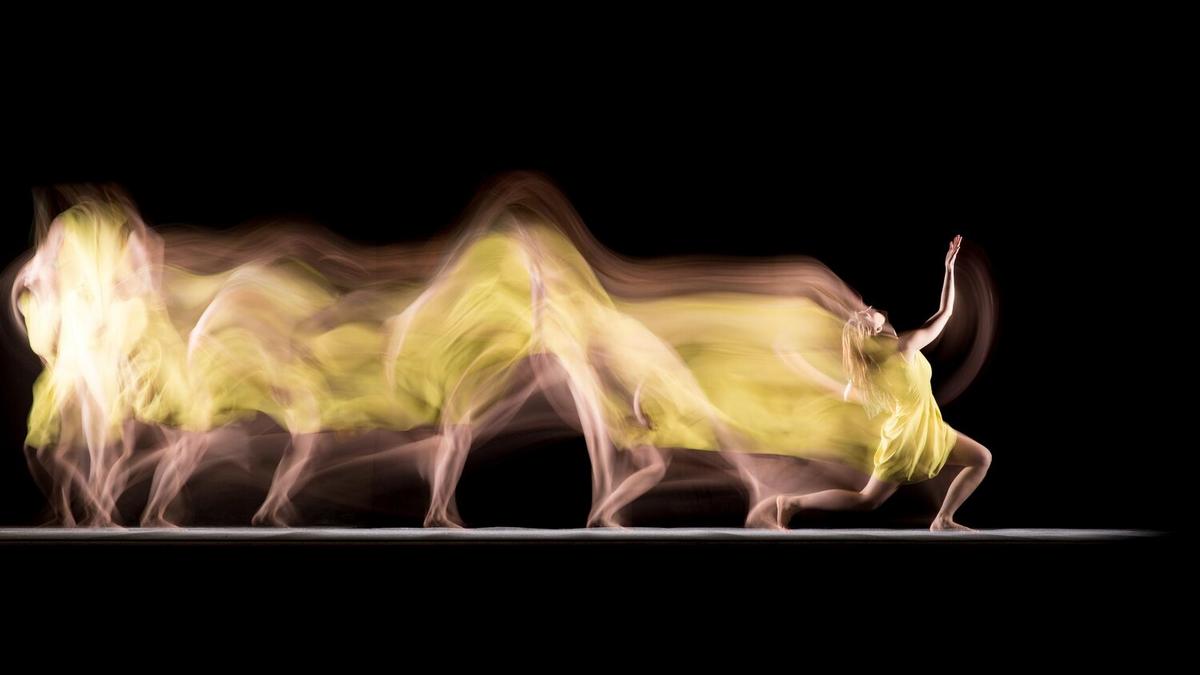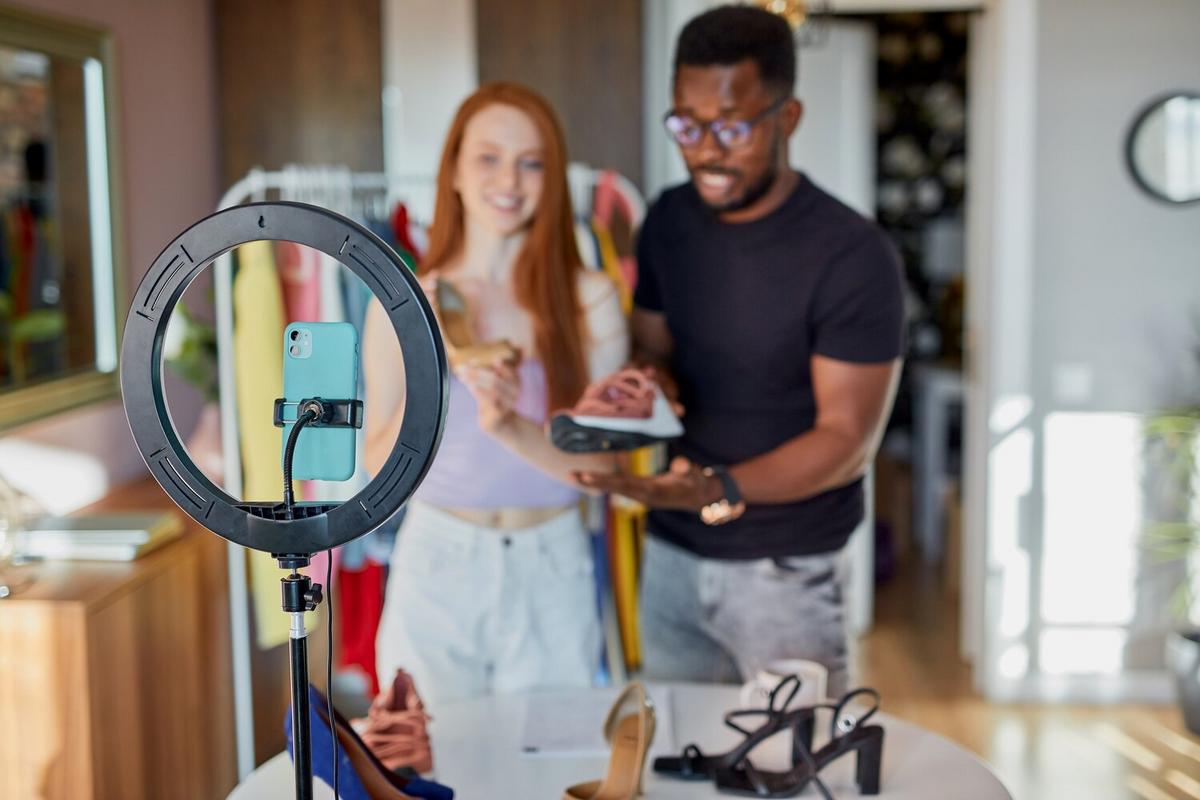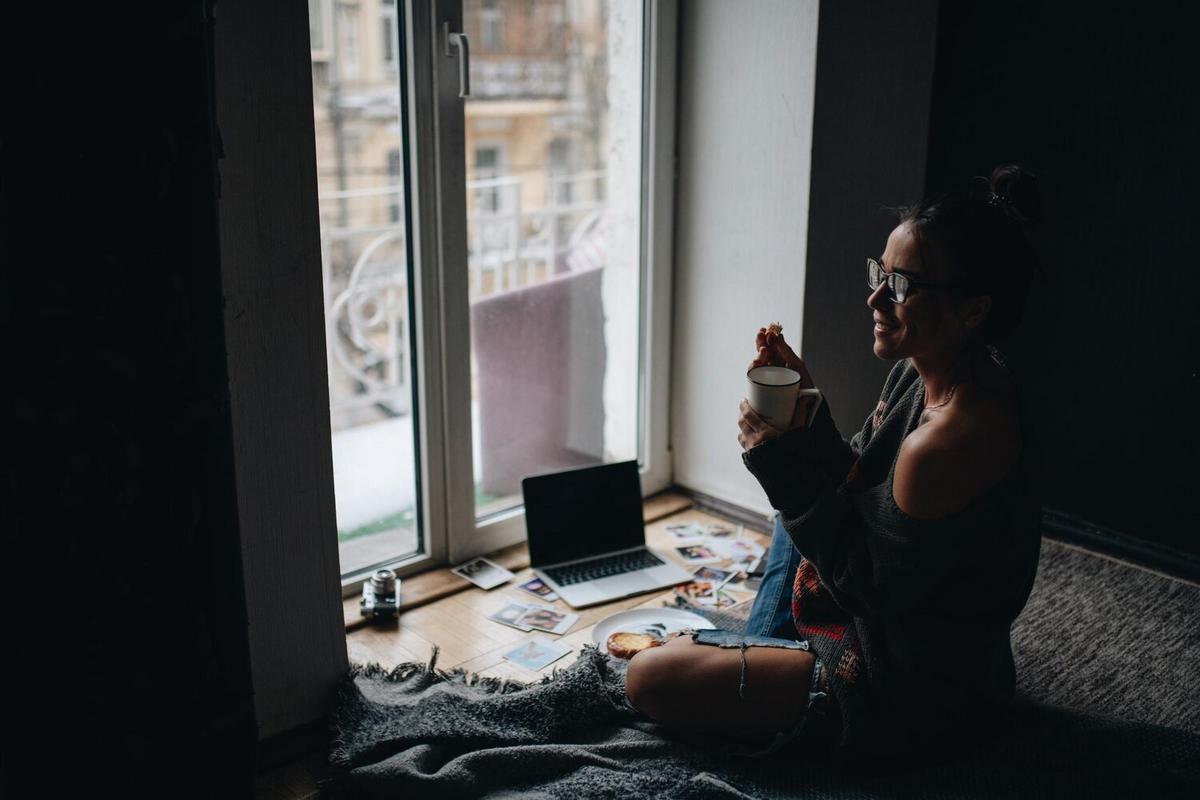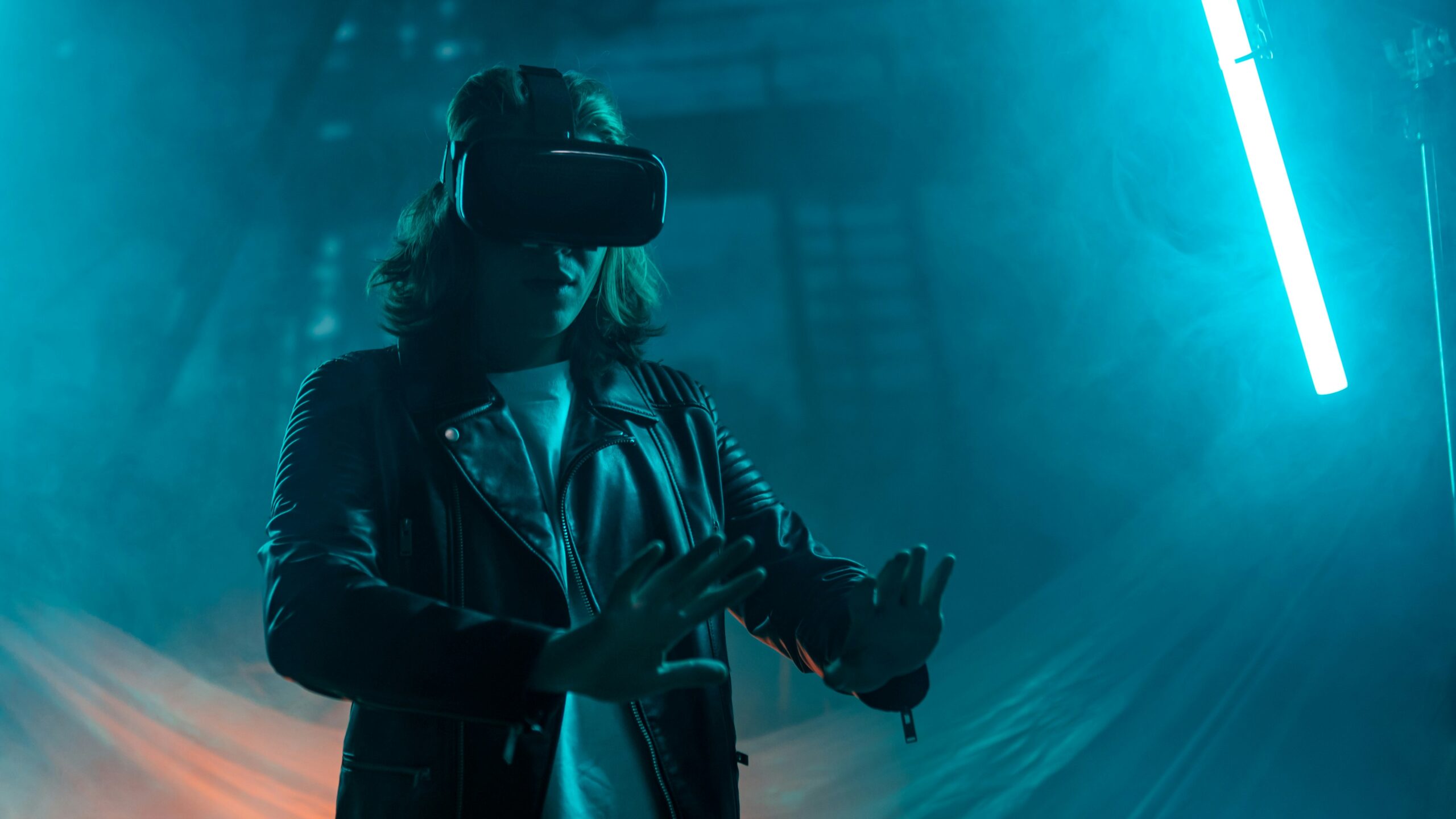Motion blur is a powerful technique in photography that can transform static images into dynamic visuals, capturing the essence of movement and energy. Whether you’re photographing a bustling city street or a fast-paced sports event, mastering motion blur can elevate your photography skills.
Understanding motion blur is essential for photographers looking to add dynamic effects to their images. At its core, motion blur occurs when the subject, camera, or both move during the exposure. This technique is not only about capturing speed but also about conveying a story through the image.
Techniques for Creating Motion Blur
1. Slowing Down the Shutter Speed
One of the primary methods to achieve motion blur is by slowing down your camera’s shutter speed. This allows the sensor to capture the motion over time. According to renowned photographer Joe McNally, “A slower shutter speed can add a layer of depth to your images, making them more intriguing.”
Experiment with different shutter speeds to see how they affect your images. A good starting point is around 1/15th of a second, but this can vary depending on the speed of your subject.
2. Panning Technique
Panning involves following a moving subject with your camera while using a slow shutter speed. This keeps the subject in focus while blurring the background, emphasizing motion. Photographer Chris Burkard suggests practicing panning with vehicles or cyclists to hone your skills.
3. Using a Tripod
To minimize camera shake and ensure that only the subject is blurred, use a tripod. This stabilizes your camera, allowing for clearer images even at slower shutter speeds.
4. Exploring Different Environments
Motion blur is not limited to fast-moving subjects. You can create stunning effects with elements like water, clouds, or even people walking. Experimenting in different environments can yield unique results.
| Technique | Shutter Speed | Subject | Environment |
|---|---|---|---|
| Slowing Shutter | 1/15s | Fast-moving | City Streets |
| Panning | 1/30s | Vehicles | Open Roads |
| Tripod Use | 1/10s | People | Busy Markets |
| Light Trails | 1/5s | Cars | Night Cityscape |
| Water Blur | 1s | Waterfalls | Nature |
| Cloud Streaks | 30s | Clouds | Open Sky |
| Intentional Camera Movement | 1/2s | Abstract | Various |
| Star Trails | 30min | Stars | Clear Night |
FAQs
Frequently Asked Questions
What is the ideal shutter speed for motion blur?
The ideal shutter speed varies depending on the effect you want to achieve and the speed of your subject. Starting at 1/15th of a second is a good baseline.
Can I achieve motion blur with a smartphone?
Yes, many smartphones have manual settings or apps that allow you to adjust shutter speed, making it possible to create motion blur.
Conclusion
Creating motion blur is an exciting way to infuse life and energy into your photography. By experimenting with shutter speeds, panning, and different environments, you can develop a unique style that captures movement and tells a story. Dive into the world of motion blur and watch your photography come alive with dynamism and creativity.




Leave a Reply